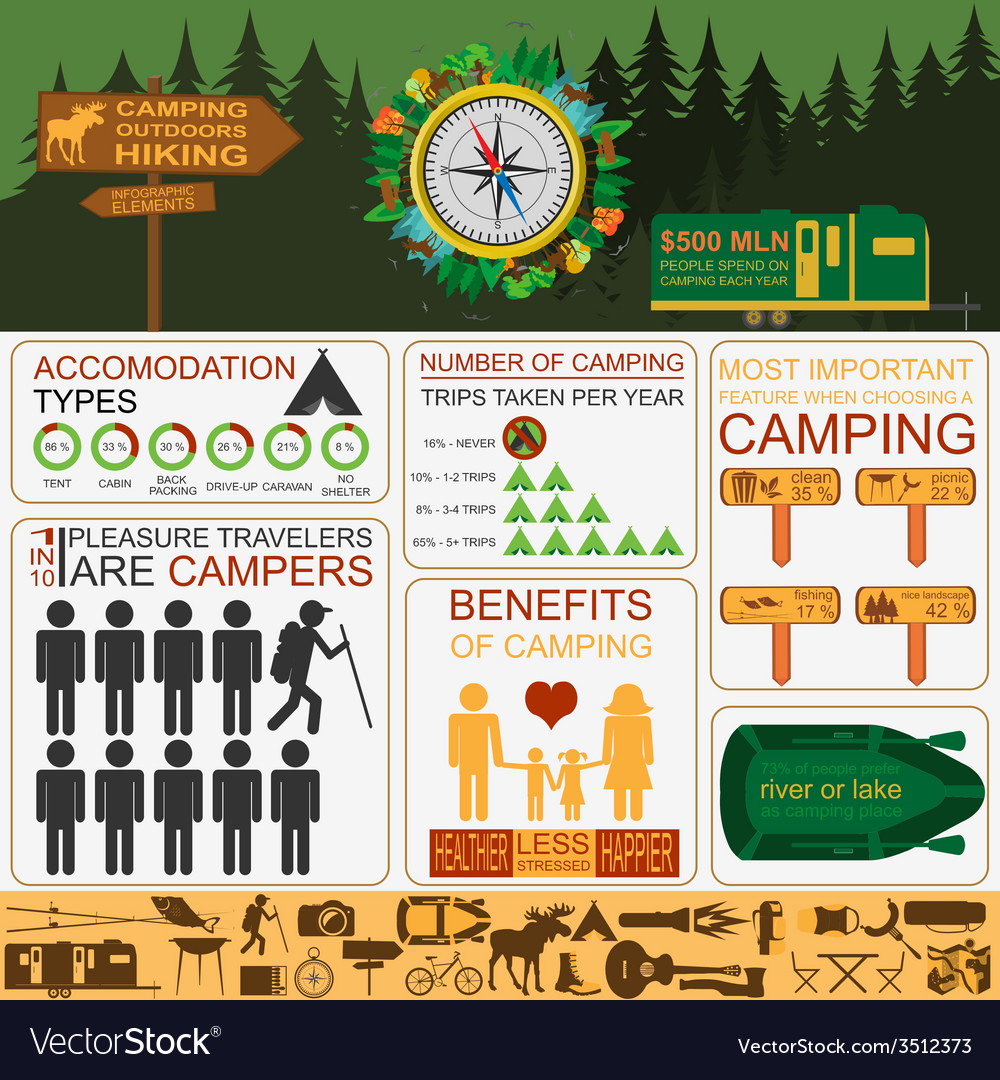Numerous outdoor tents producers use an impact that fits their sanctuary completely, and it can be appealing to buy one to conserve time and hassle. Nonetheless, the included cost and weight of a footprint can be discouraging after dropping hundreds on a lightweight outdoor tents.
What temp is too cold to sleep in?
Plus, tarpaulins can function just as well and are often lighter. So, does your backpacking outdoor tents actually require a footprint?
Waterproofing
The flooring of an outdoor tents is subjected to all sorts of things, specifically on rough terrain where sharp rocks and sticks are most likely. Gradually these abrasions can wear thin places in the tent flooring and produce holes that might enable water to seep right into the tent. A quality backpacking camping tent is developed to function well without a groundsheet, but the additional defense provided by a footprint is definitely worth it.
A great deal of outside gear business provide a matching impact for their tents, which makes certain an excellent fit. Nevertheless, these can be fairly expensive and/or hefty. For ultralight backpackers looking for to save ounces, making your own light-weight tent impact out of Tyvek or Polycryo is a great alternative.
A footprint can additionally be utilized as a bivy sack when outdoor camping in bad weather condition or to offer added shelter in a pinch. Simply see to it it isn't larger than the tent to stop rain from accumulating on the tent floor and permeating in through the bottom.
Weight
Many outdoor gear producers use branded impacts that will certainly compare perfectly with your camping tent but they come at a price-- generally an additional ounce or more in weight and expense. For ultralight backpackers attempting to cut ounces off their pack weight, this can be a deal-breaker.
The primary advantage of a footprint is that it will keep your outdoor tents floor dry in case of rainstorms. Nevertheless, it's important to keep in mind that if your outdoor tents footprint is also large, dampness may merge on top of it throughout a rainstorm and saturate into your tent. This is why it's ideal to get an impact that is cut smaller than your outdoor tents on all sides. You can likewise try making your very own light-weight camping tent footprint out of Tyvek or Polycryo if you're looking to save money on expenses and ounces.
Toughness
Outdoors tents are developed to tent waterproofing stand up to great deals of deterioration, however even the sturdiest shelters puncture, rip and establish holes on subjected surfaces gradually. An impact includes an extra layer of protection in between the ground and your outdoor tents, helping extend the life of your shelter.
Impacts are readily available from the makers that make camping tents or in do it yourself products like Tyvek and Polycro. The official camping tent impacts are more expensive and heavier than DIY choices, however they're designed particularly for your particular camping tent model, that makes them one of the most long lasting choice.
The thickness of the footprint fabric and your tent flooring is gauged by a denier score, with higher deniers supplying thicker and harder-wearing materials. The ultralight Big Agnes Tiger Wall surface outdoor tents has a super-thin 15D flooring, while the heavy Marmot Tungsten collection camping tents have much thicker 68D floors.
Air flow
Lots of backpackers select to bypass a tent footprint in the interest of conserving weight and cash. Nevertheless, the most vital reason for using an impact is that it safeguards your camping tent floor from wear and tear. Impacts are typically constructed from nylon or polyester and have a denier score that can range from 20 to 80. The greater the denier, the thicker and much more durable the textile will be.
The suitable tent impact is cut slightly smaller, on all sides, than the real synopsis of your tent. This prevents puddling, which can occur when the tent footprint protrudes past the sides of your shelter and allows rain to swimming pool there.
Do you put a tarp under your tent?
Some tent suppliers include an equipped footprint with their products, while others market a generic variation that can be reduced to dimension. No matter the material, many impacts add a couple of ounces to the total weight of your shelter system, which can be a big deal for backpackers that are aiming to save ounces whenever feasible.
